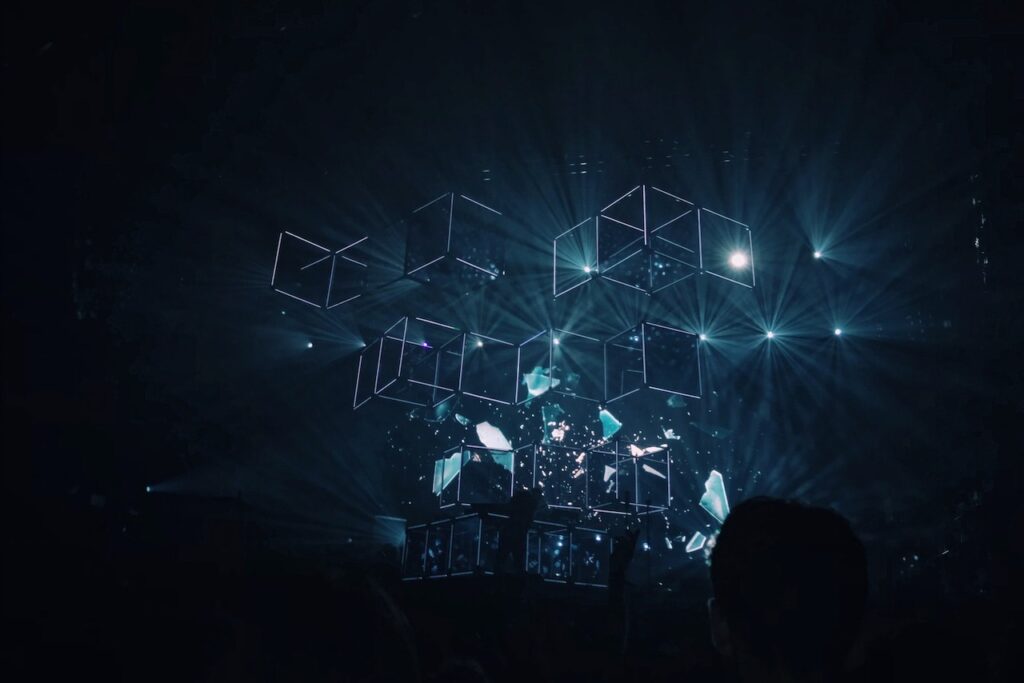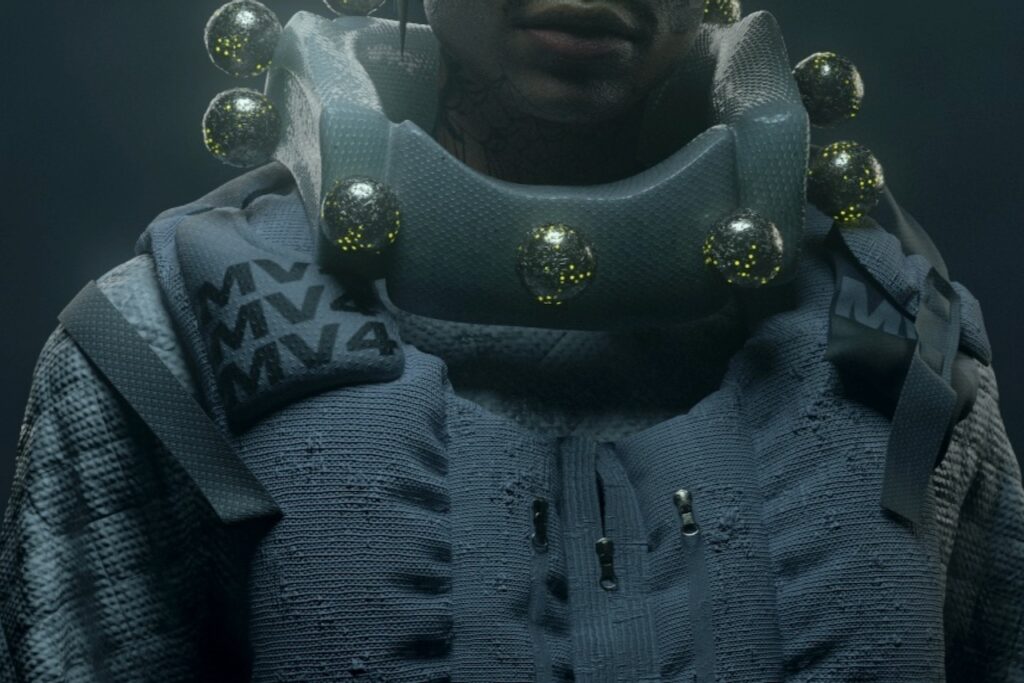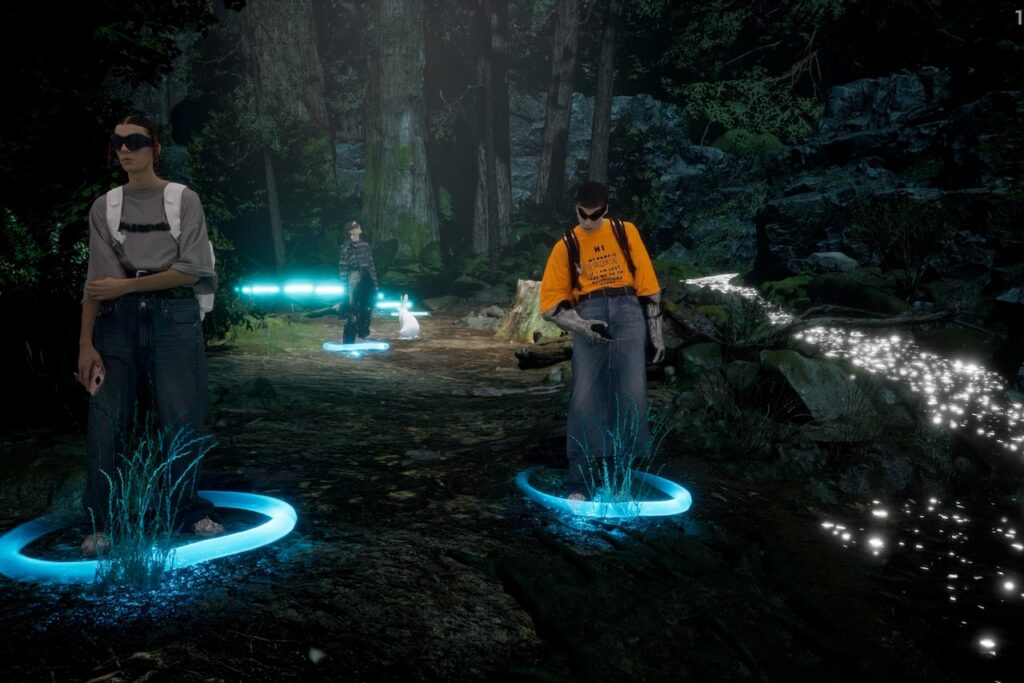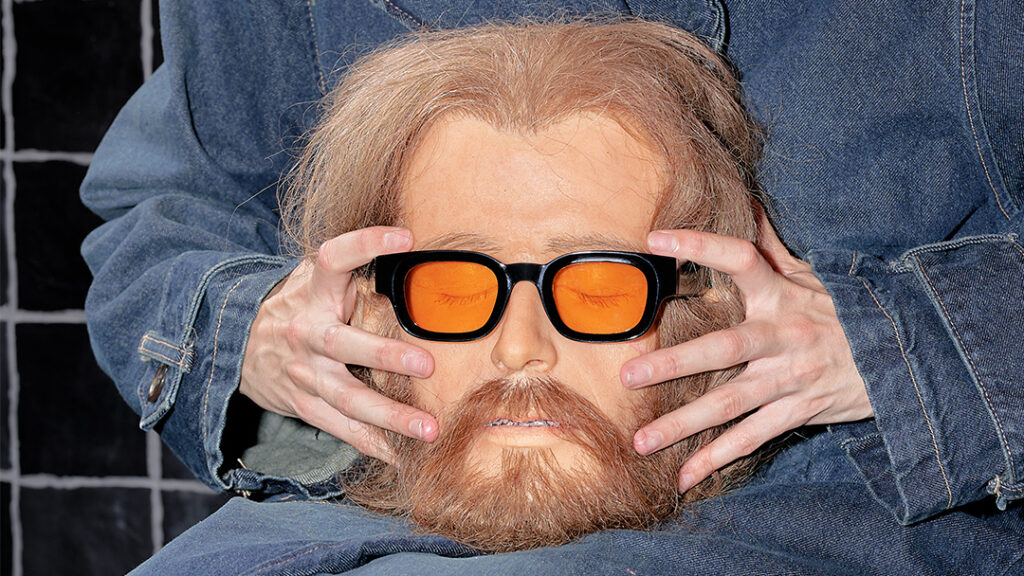The other day while sipping on an ice-cold beer in this delightful July heat in Barcelona a thought popped up… Will we be able to experience summer in the metaverse? Then we got to thinking… What is it to feel summer? Besides the heat and tanned skin. For me personally, summer is the salty breeze, the grainy touch of my feet in the sand, the smell of SPF and the taste of the aforementioned ice-cold beer. So I guess what we were wondering was… Can we have digital senses?
Imagine that, digital senses… Is that what Web 3 could be about? After all, isn’t Web 2 colloquially known as the internet of things? So…
Could Web 3 be the internet of senses?
These questions constantly come up when looking into just how impactful the future metaverse could be. Sceptics usually use the argument of digital senses, or rather lack-of, as a way of discrediting the true utility and impact of a future trends metaverse. “The Metaverse is just like playing Sims” – “How is it any different from anything else you do through a screen?” – “Who would want that when you can get the real thing?”. Perhaps what we need is a little perspective. Not just regarding what is possible and what isn’t as far as senses in the metaverse are concerned, but also regarding what the future of the Metaverse seeks to achieve.
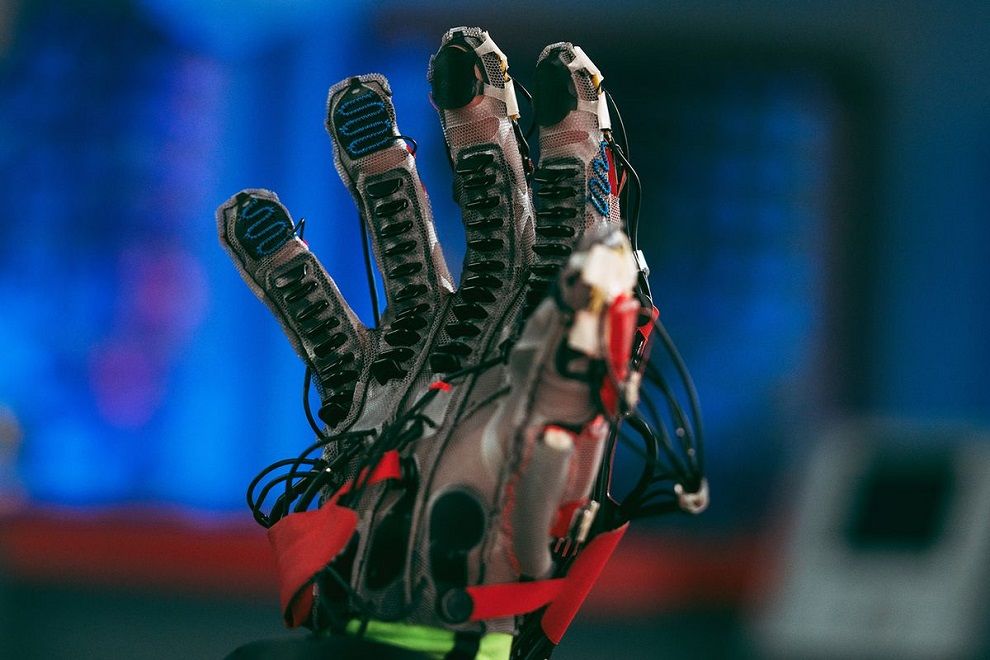
Like we’ve said many times before, for us it’s not that the future metaverse will replace the real world because guess what? It’s not supposed to! What it’s supposed to do is complement it, enhance it, and open up countless doors to new, incredible possibilities and opportunities. And yes, we hear you, the Metaverse probably won’t be able to offer experiences that feel exactly like the real world anytime soon. But, this doesn’t mean that it can’t get pretty darn close.
See, the thing is, digital touch, smell, taste…etc might not be as far away, nor be as impossible, as many have anticipated.
Future senses in the Metaverse
Augmented Reality and Virtual Reality have already proved they can transport users to a digital realm, at least visually and sonically. Technology keeps getting better, and the pace at which it is developed exacerbates by the minute. Still, if we are to believe that we can have digital senses, we need to think beyond sight and sound. Because in case you forgot, those are merely two, of five senses in the metaverse.
Can you smell in the Metaverse?
Currently and available to the public no. But, is there technology in motion that will make it available? Yes. There are already people working on it. Some have already managed to digitally synthesize smell.
The Imagineering Institute in Nusajaya is carrying out an experiment whereby electrodes in the nostrils are placed as means of stimulating the neurons that trigger smells.

Now if this is a little too black-mirrory for your taste, worry not, you have options. Possibly the most popular invention regarding digital smell is the OVR headset. The OVR headset is a virtual reality headset that essentially has ‘scentware’ cartridges. So like a scent printer in a way. Users can pick and combine a variety of scents to go with an environment. Not a bad way to head toward the future of the Metaverse.
So we could actually recreate a bunch of smells in a future metaverse with this technology. However, it isn’t as easy as that. Sure you can recreate the smell of an orange or a rose, but in order to realistically smell a setting in the Metaverse, you would need to be able to recreate not only the smell of the orange, but of the whole fruit bowl and the kitchen, not just a rose, but rather the whole garden. You know what we mean?
Still, there is no doubt that this is a massive starting point for the internet of senses.
Can you feel in the metaverse?
The sense of touch might be the one we use most to check in with reality. Your eyes can trick you, but if you touch it you know it’s there.
Surprisingly, the attempt to digitally stimulate the senses dates all the way back to the 1970s. Remember playing Sega games and feeling the vibrations on the controller? That was haptic technology darling, and it is used to this very day to simulate touch via motion, vibration, or applied force. Haptic technology will most probably be used to make senses in the metaverse feel more real.
Moreover, a Japanese Metaverse start-up called H2L Technologies is working alongside Sony to develop a wristband that uses electrical stimulation to actually replicate pressure and weight. The wristband can also make one feel pain, which opens up a whole other debate.
Therefore, technically speaking, yes you can feel touch in the Metaverse.
Can you taste in the metaverse?
Imagine the possibilities of having a virtual dinner. COVID zoom dates would have been a hell of a lot more interesting if digital taste had existed and was available back then, that’s for sure.
Now, while you might not be able to taste a pepperoni pizza quite yet, Nimesha Ranasinghe’s team at the University of Maine has developed a technology that allows cutlery, or rather electrodes in cutlery, to make one taste sour, sweet, salty, or bitter.
On top of that, Homei Miyashita at Meiji University in Japan developed a Norimaki Synthesizer which makes use of five gels that can simulate salty, sweet, bitter, sour, and umami flavour thanks to the electrolytes it contains.
Once again, technically speaking, you can taste in the metaverse. Still tasting doesn’t encompass the sensation of eating. Slowly but surely though, because online taste, touch, and smell are starting to look real close now.
Is it possible to use all 5 senses in the Metaverse?
We can say that technology exists right now to technically engage all 5 senses in the Metaverse. While it doesn’t yet replicate the real thing, there are definitely enough initiatives working tirelessly to improve this technology to make us think that the future of the metaverse holds the possibility of intensely immersive experiences where we will use all five senses.
And when this happens just think of the implications, both positive and negative.
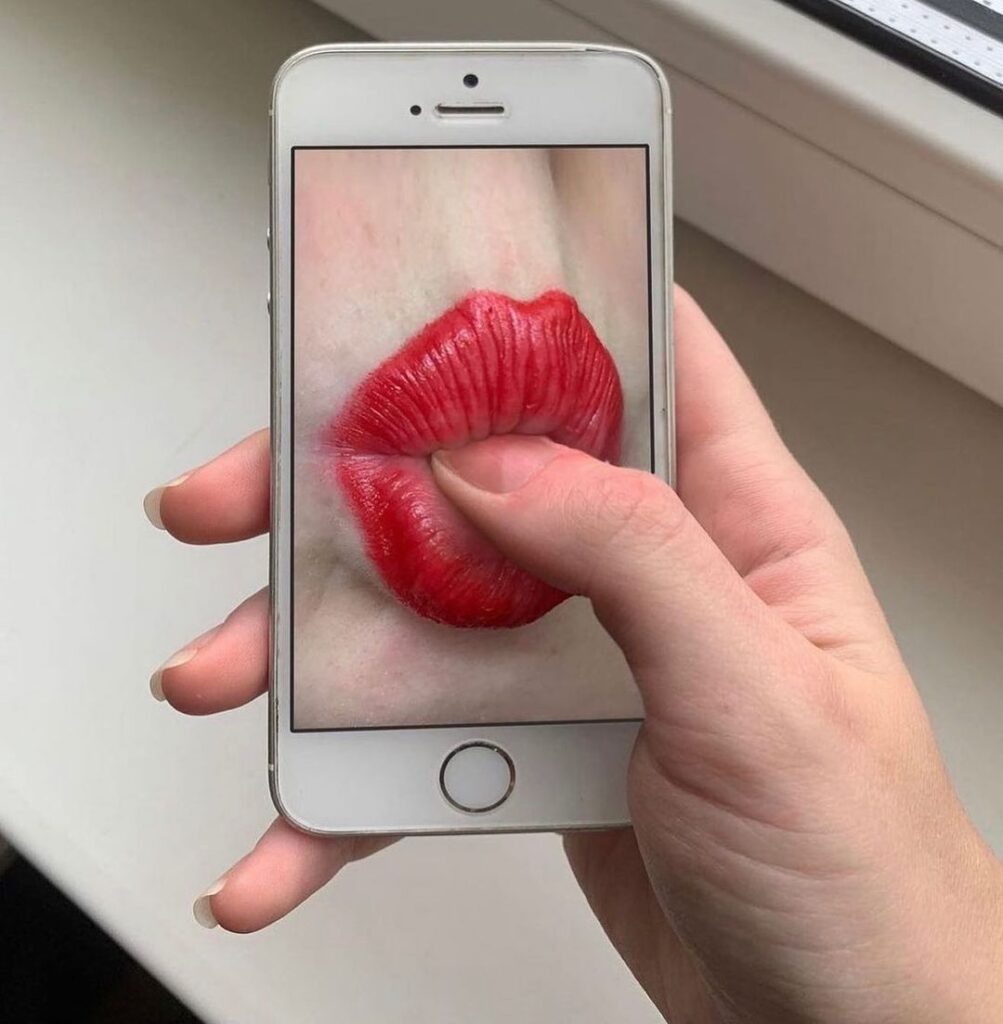
Digital senses for good, digital senses for evil. Either way, the future of the metaverse is looking exciting
The accessibility of digital senses
The truth is that digital senses being a reality could mean the world for many people, and be a real life-changer. Hell, a life-giver even.
The implications for people with disabilities are potentially life-affirming. Especially regarding what this could truly mean as far as accessibility and integration are concerned. Digital senses could allow for the existence of virtual spaces where all sorts of people could meet eye to eye and experience the same thing regardless of their physical capabilities. A deserved equity, rather than the feigned equality many may encounter in an inevitably ableist society.
There is always a price to pay for technology
We will also need to think about the challenges that this brings on.
For some reason what comes to mind while thinking about the reality of digital senses and the future of the Metaverse, is realtor’s tricks when it comes to selling houses and involving smells. Make coffee right before, a couple of droplets of vanilla in the oven… What could including the senses in the metaverse mean for advertising? It could be an amazing opportunity but is it even morally right to use this technology for those means? They already use data they collect to serve us things on ads so we take the bait and click. Imagine how much more effective this will be if ads could elicit a response by engaging other senses?
We can even take the morality of it all a step further. If you can simulate pain, could you, in theory, hurt someone and commit a crime in the Metaverse?
Online taste, touch and smell. Slowly but surely
While this is all, of course, very promising, let’s keep in mind that we need to walk before we run. Let’s not dismiss something simply because it doesn’t look as good as we know it can be, it has to go through the motions first.
Nevertheless, there’s no doubt that there are advancements toward engaging the senses. It is no longer a matter of will it happen, but rather a matter of when.


